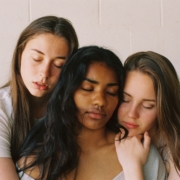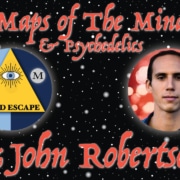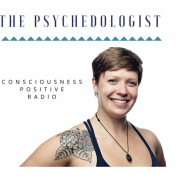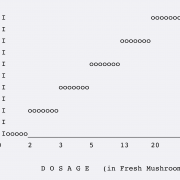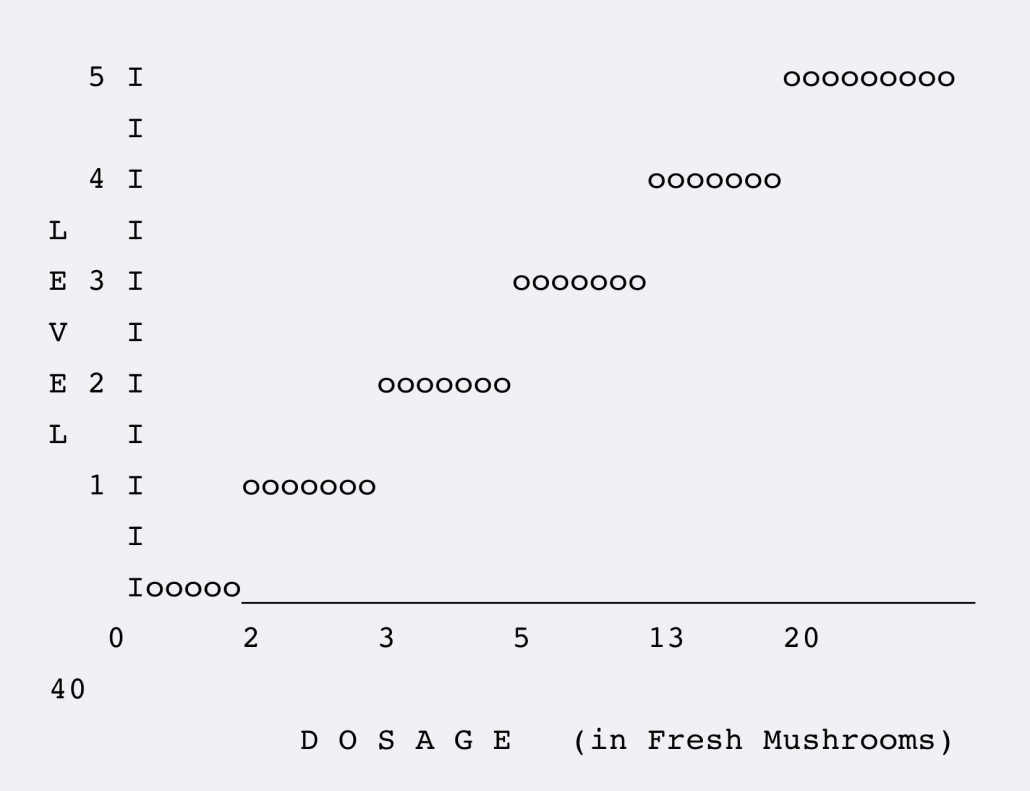The cast of characters you trip with is one of the biggest parts of the setting. It’s certainly the most alive, and in some ways, unpredictable.
A helpful metric to consider when choosing your company is psychedelic compatibility.
I define psychedelic compatibility as:
The level at which two or more people are able to trip together without problems or conflict.
It might also be understood as the ability for multiple people to successfully journey together.
This can be thought of in the same way that you might consider which friends you travel well with, work well with, or could live with. You might have friends who you love, but wouldn’t want to live with. You might have a friend who’s a bestie and hanging out is awesome, but you don’t travel well together. These are all types of compatibility. This is the same for psychedelic trips.
Contributing factors to psychedelic compatibility include like mindedness, alignment of intentions, expectations, and flexibility or openness.
If there is low compatibility, it may result in mismatched experience and some disappointment from people in the group. I’ll give an example to illustrate how this might occur.
Low Psychedelic Compatibility
Dave and Lisa are friends. They both want to trip and decide it might be nice to do it together. However, they are some differences in how they approach the session…
Dave is looking for an introspective experience. He’s at a bit of a crossroads in his life and would like some clarity on how to move forward.
Lisa is up for a more recreational experience. She’s just moved to a new city, started a new job and generally things are going pretty well. She’s up for letting loose and having fun.
Dave wants to create a setting that lends itself to an introspective experience; soft lighting and music. He wants to use a psychedelic therapy approach, listening to a preset playlist which brings him through emotions, and includes flowing music for reflection.
Lisa wants doesn’t want to choose all the music up front. She wants to be able to choose and change music as she feels like it.
Lisa wants to dance around the room.
Dave finds that distracting.
Dave wants to lie down with his eyes closed.
Lisa finds that boring.
Lisa wants to talk and interact with Dave. Make jokes, silly sounds, explore philosophical topics and look at art.
Dave wants to lie down with his eyes closed.
Dave wants to journal, Lisa wants to cuddle.
Clearly, Dave and Lisa have a low psychedelically compatibility.
Psychedelic Compatibility Can Change
It’s useful to bear in mind that psychedelic compatibility between people isn’t fixed permanently. Whilst Dave and Lisa are not very compatible for their next session, that doesn’t mean that can’t change at a later date. Maybe in the future Dave would like to have a fun session. Or, Lisa will be more open to trying an introspective experience. It can depend on the time of life, so it’s useful for parties to talk before, to check their level of compatibility before going ahead for a session.
Compatibility can be increased if parties talk about potential scenarios in advance that could prove to be a problem. This can improve the ability to successfully navigate differences that come up.
For example:
What if one of us wants to go outside for a walk, and the other/s wants to stay inside?
What if someone really can’t stand the music that is playing?
What if, in a dyad, one person wants to be left alone and the other wants to talk?
Finding High Compatibility
If intentions and expectations are aligned, there is a much higher possibility that groups will be psychedelically compatible.
To reach a high level of psychedelic compatibility, everyone has to be more or less on the same page. This can include things such as intention, expectation, session style, agreements. Here are a few examples:
Intentions:
What are everyone’s intentions for the session? Do they align? Intentions might include: fun, exploration, introspection, emotional release, partying, spiritual exploration.
Expectations:
Is there an expectation that the group will be spending the whole trip together, or that each person will have time to themselves? Is there an expectation that you remain in one place for the session, or that you may be on the move?
Style:
Is the session formal or casual? It is highly structured, ritualised even? Is it free flowing? It is inner journey style? Are you doing any activities together? Will you be making art or music? Watching a movie? Will you prepare for any of these? Will you just flow into it and see how it goes?
Music:
Will you listen to a collaborative playlist? Will you select songs as a group together? Does one person play DJ, taking requests? Or will you just wing it? Is everyone cool with that?
How to Assess Psychedelic Compatibility
The way to assess psychedelic compatibility is through honest communication and conversation. If you’re planning to share a trip with friends, you can simply share what are your intentions and expectations for the experience. How does each person envision it going? What is the setting? What is the level of interaction? Are you all in the same room? Is talk to be kept to a minimum? Is communication limited and only use for practical purposes (e.g. things like the level of music, water and tea, blankets, opening windows for air flow etc.). Are you aiming to avoid getting into conversations?
If you’d like a list of questions to run through with a friend before a trip, check out my guide, which you can get by signing up to my newsletter.
I hope you can find high compatibility with your next journey buddy or crew. Best wishes and safe travels!

